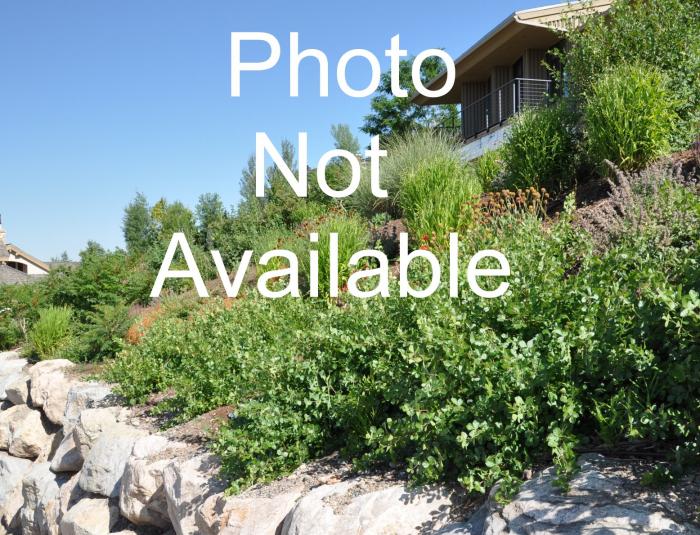| Botanical Name: Liatris punctata | |
| Common Name: Spotted Gayfeather, Dotted Gayfeath |

-
Anatomy
-
Culture
-
Design
Plant Type
Perennial, Wildflower
Height Range
1-3'
Flower Color
Pink, Violet
Flower Season
Summer
Leaf Color
Green
Bark Color
n/a
Fruit Color
n/a
Fruit Season
n/a
Sun
Full
Water
Low
Growth Rate
Moderate
Soil Type
Clay, Loam, Rocky
Soil Condition
Average, Rich, Poor, Well-drained, Dry
Soil pH
Neutral, Basic
Adverse Factors
Attracts Bees
Design Styles
English Cottage, Meadow, Mediterranean, Ranch, Spanish, Native Garden
Accenting Features
Showy Flowers
Seasonal Interest
Summer
Location Uses
Perennial Border, Parking Strip
Special Uses
Cut Flowers
Attracts Wildlife
Butterflies
Information by: Stephanie Duer
Photographer:
Photographer:
-
Description
-
Notes
Spotted Gayfeather provides a unique vertical accent to a perennial border. Its clumping, upright foliage is grass-like, with long narrow blades; whorls of flowers form on stiff stems creating magenta- pink spires. Blooms late summer. 12 to 18 inches tall and 8 to 12 inches wide. A native to the shortgrass prairies of the Great Plains foothills of New Mexico and Colorado. The most xeric of the liatris. Excellent cut flower. Attracts butterflies and is deer resistant.
Grows in most soils, even clay, as long as it is well draining. Plant in full sun. Deep rooted and long-lived, it generally doesn't require dividing. More drought tolerant than L. spicata. There are some planted at the Washington Square Conservation Demonstration Garden.